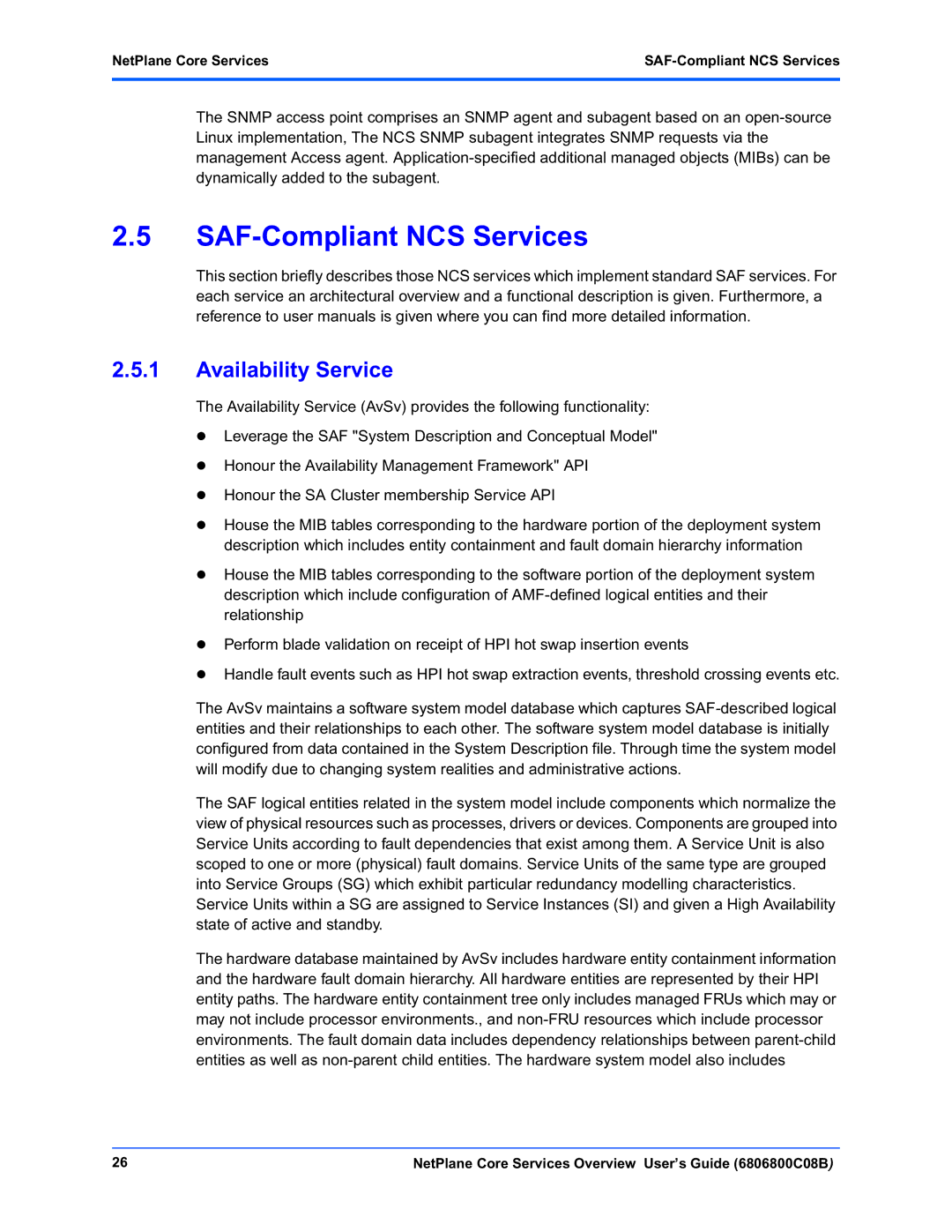6806800C08B specifications
The Motorola 68000 microprocessor, particularly the revision marked as 68000C08B, stands out as a seminal component in the evolution of computing technology. Introduced in 1979, the 68000 architecture laid the groundwork for many advanced systems, influencing a multitude of platforms, from personal computers to game consoles.The Motorola 68000C08B features a 16-bit data bus and a 24-bit address bus, allowing for a memory addressing capability of up to 16 MB. This architecture was pioneering for its time, enabling more extensive and complex software applications than its predecessors. The C08 revision particularly emphasized optimizing power consumption while maintaining performance, making it ideal for embedded systems and portable devices.
One of the 68000's key characteristics is its unique register set, which allows for a versatile range of operations. It consists of 8 general-purpose data registers and 8 address registers. The architecture supports both integer and floating-point operations, thanks to an integrated instruction set that facilitates complex mathematical computations, crucial for applications in graphics and gaming.
In terms of performance, the 68000 processor operates at clock speeds ranging from 8 MHz to 16 MHz, depending on the specific variant. The instruction set architecture (ISA) is known for its orthogonality, meaning that most instructions can be used interchangeably across different registers. This design simplicity allows for efficient coding and faster execution times, a significant advantage for developers.
Another remarkable feature of the 68000C08B is its capability for multitasking and improved context switching. Its advanced memory management, combined with support for virtual memory in later implementations, catered to the needs of operating systems and real-time applications, making it suitable for both consumer electronics and industrial machinery.
The Motorola 68000 family also supports a variety of peripherals, enhancing its flexibility as a microcontroller. This compatibility allowed manufacturers to create diverse product lines, from keypads and mice to modems and hard drives.
In summary, the Motorola 68000C08B microprocessor not only advanced the landscape of computer technology in the late 20th century but also helped set the stage for future innovations through its architecture, performance capabilities, and versatility in numerous applications. Its legacy continues to influence modern computing paradigms, ensuring the 68000 remains an essential chapter in the history of microprocessors.
